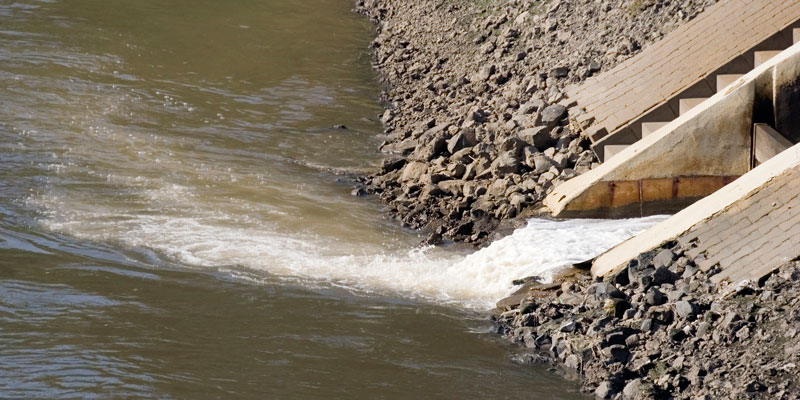The Influence of Agricultural and Industrial Emissions on Metal Toxicity in the Great Lakes and the Grand River Basin
Principal Investigator - David Lean, Professor, University of Ottawa (2001-2004)

Challenge
Mercury contamination in fish is widespread throughout the north temperate region, with most large fish currently exceeding human consumption guidelines. Nutrients released from farming and urban activities contribute to conditions favorable for the formation of methyl mercury (MeHg), a toxic form of mercury that accumulates in food chains. Currently, regulations for metals that become mobilized through industrial and agricultural activities are based on measurements of total metal concentrations. However, it has long been thought that levels of “free” metal, or easily exchangeable metal, would be more reliable predictors of mercury toxicity. By determining metal speciation in freshwaters and linking this to nutrient enrichment, bioavailability and toxicological effects, this project is addressing one of the major knowledge gaps that currently handicap the establishment of sound water quality criteria.
Using the Grand River System and Lake Erie as the study site, the research team investigated factors that influence the bioavailability and toxicity of copper, nickel, cadmium, zinc and lead, while considering what effect the presence of manganese and calcium has on metal toxicity.
Project
In the study, DOC’s capacity to bind metals was measured from the headwaters to the mouth of the Grand River into Lake Erie, which was integrated with other studies from Lake Superior to the St. Lawrence River. The researchers set out to investigate the interaction of agriculture on MeHg production. Using new techniques, as much as 1000 times more sensitive than other available methods, the chemical speciation of mercury in water, soils and sediments was investigated.
Elevated concentrations of MeHg were found in many wetlands and rivers across eastern and southern Ontario. Both MeHg and total mercury concentrations in lakes and rivers were often related to DOC concentration, but, while significant in rivers, this relationship was not observed in wetlands. In wetlands, measuring atoms bonded to DOC was found to be a better predictor of mercury, which points to a shielding effect from UV degradation. However, chemical speciation and toxicity studies revealed that UV-exposure significantly reduced the metal binding properties of DOC, suggesting that these protective effects are relatively short-lived.
Employing bioassays, a chemical method used to measure the effects of a substance on living organisms, the effects of copper and manganese on phytoplankton productivity were assessed. Results indicated that the Canadian Water Quality guidelines were adequate to protect against the copper added to freshwater samples from Lake Erie and the Grand River, but, in Lake Superior, phytoplankton was very sensitive to copper additions, likely as a result of low ambient manganese levels in the lake.
Outputs
- As a direct result of the project, six peer-reviewed publications were written.
- Training was a particular strength of the research program, resulting in the instruction of 16 Highly Qualified Personnel – one Post Doctoral Fellow, two PhD students and 13 MSc students.
- The research team actively disseminated the study’s results, attending multiple conferences and workshops. At one such workshop, organized by the International Joint Commission, Dr. Lean was invited to present an overview on the problem of mercury emissions in a keynote address to over 300 workshop participants.
Outcomes
- Understanding the impact of metal species will help to define the necessary regulatory controls to protect the environment. To better manage their nutrient export, project results were shared with (i) the mining and metal processing industry; (ii) the hydroelectric industry; and (iii) the agricultural industry.
- Various governments were also informed so that they might better monitor industrial, agricultural, and municipal effluents to protect the environment from toxic species.
- Knowledge of water quality impacts on the environment will allow for environmentally responsible and sustainable industrial development, as well as economic growth.
- The project also served to examine current water quality guidelines and rigorously test the applicability of water quality criteria. Rather than follow the current practice of classifying total metals as toxic, water quality was based on the actual toxic species of metals, which will allow water operators to target the harmful component of metals. Such practices result in more effective water quality regulation, leading to improved human and environmental health.




